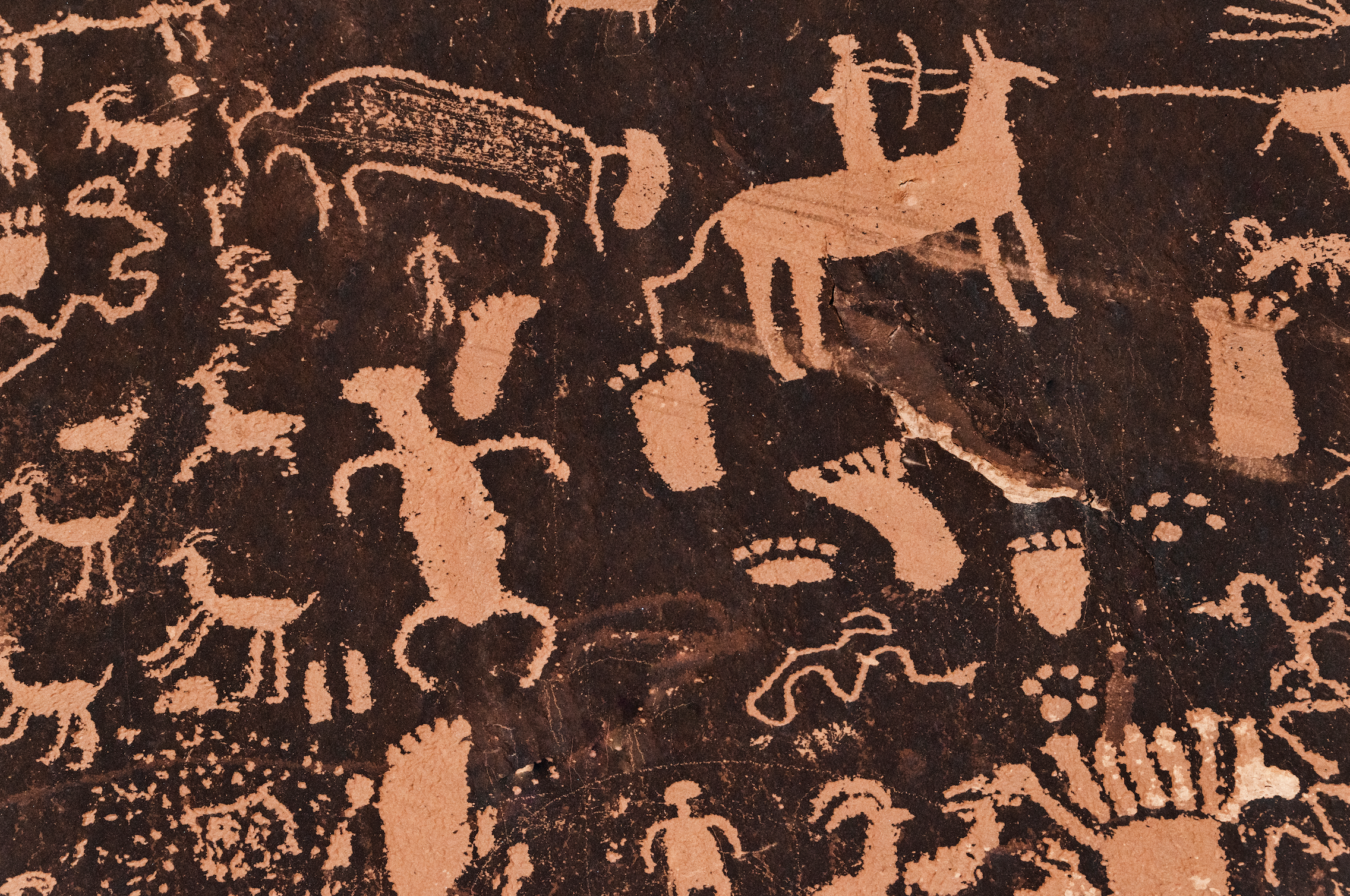How to tell a story that your customers actually want to read.
1. Make the story less about you.
I touched on this quite a bit in the previous section, but it is so important to avoid creating a world for your customers that revolves around you and your brand –– it must revolve around them –– them being your customer.
As the story goes, when Apple computer launched their first computer, Lisa, they did a 20 page insert in the New York Times, touting all the amazing hardware aspects of the new computer - 6 programs, and comes with two floppy data-storage disks capable of holding 870,000 characters each, as well as a hard disk capable of storing 5 million….
It didn’t sell as well as they had expected. The next year they launched the Think Different campaign. That campaign focused on the user not the product.
2. Make the story more about them.
To create a story centered around your customer, you need to actually understand your customer. This requires understanding what goes on in their mind. The customer is the hero with a task, something to be solved.
Remember that you're not going to tell the same story to a business executive as you would to a stay-at-home dad, they're two very different customers.
Apple made the new computer about the customer by implying that an Apple computer signals you’re an early adopter and holds the value set of thinking different.
3. The problem in your story make it into the villain
This is what screen writer will tell you is the conflict in the story. While the villains we come face-to-face with outside of fiction may not be as terrifying as the Death Star was for Luke Skywalker, they're still very real and very present in the lives of our customers.
Real-life villains can be literally anything. Tax-season. Lower back pain. Computers that were hard to work with, etc.
Our job as marketers is to find our customer's villains and give them something to battle the villain or conflict with.
4. The hero still needs a guide, the guide provides a solution or tactic.
The sharp sword, the strong shield or the magic wand is your product or service that can relinquish the customer's villain (a.k.a the problem they're experiencing). Here's what this looks like...
Problem: Tax Season | Sword: Quickbooks
Villain: Lower back pain | Guide know about: Aleve
Tell a story of your customer miserably struggling with lower back pain and discovering the shield that is Aleve... and then experiencing what life can look like pain-free.
5. Transformation
In the case of the character fighting the villain that is lower back pain, experiencing the shield that is Aleve allows for something extraordinary that is arguably one of the most important elements in regards to the art of storytelling –– the transformation or happily ever after.
Transformation happens when your customer uses your product or service and kills the villain. It's living happily ever after without the problem.





